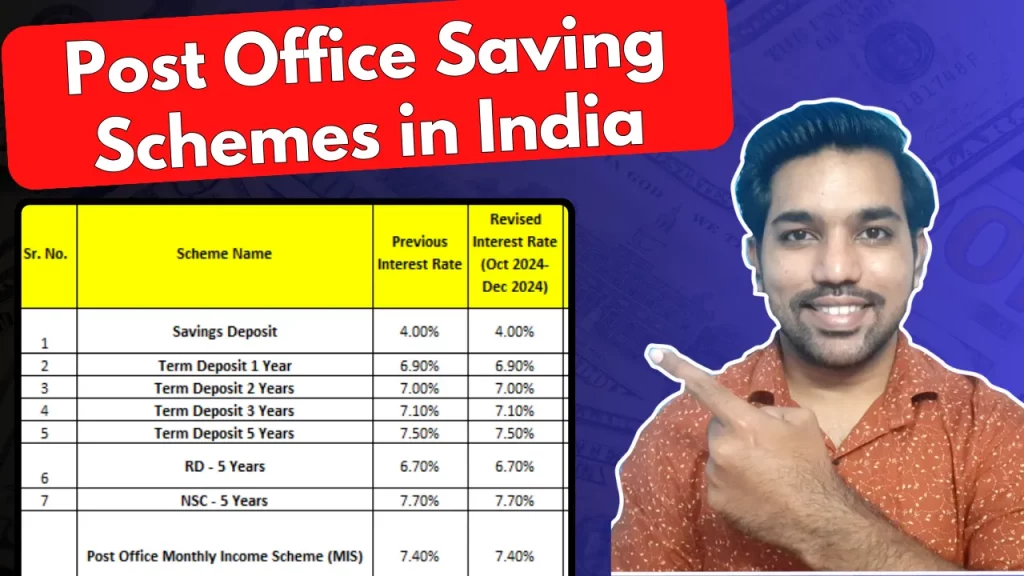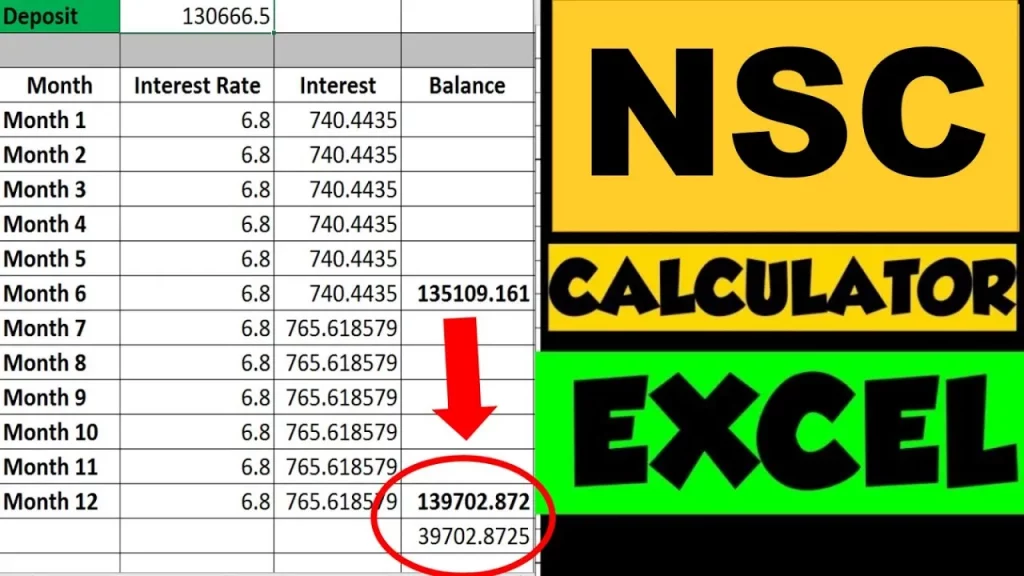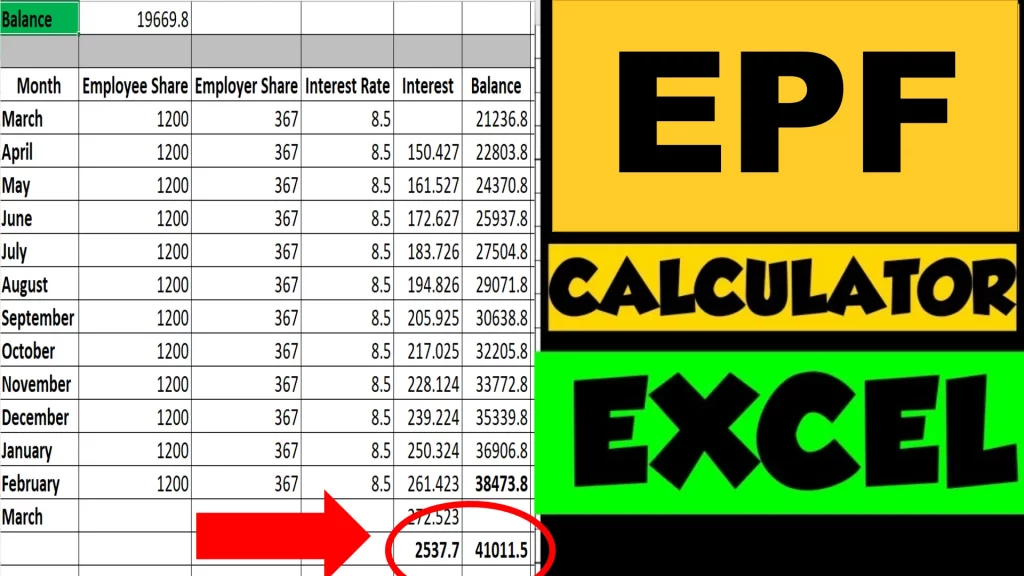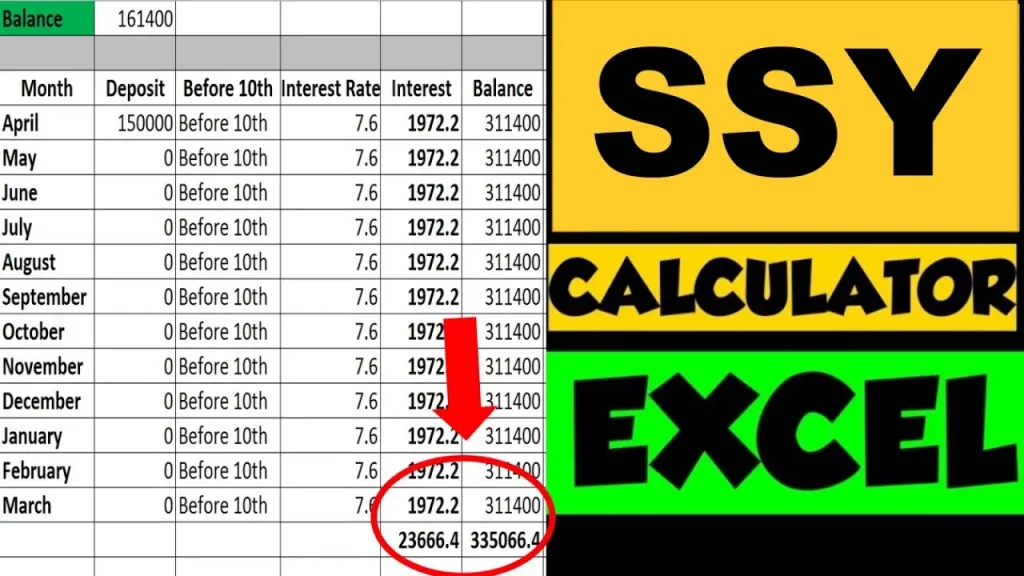Post Office Saving Schemes in India include Savings Account, Fixed Deposits, Recurring Deposits, PPF (Public Provident Fund), NSC (National Saving Certificate), SCSS (Senior Citizen Saving Scheme), Sukanya Samriddhi Yojana, Monthly Income Scheme, Kisan Vikas Patra etc. These schemes can help you achieve short term to long term financial goals with fixed interest rates they provide.
Let us understand various Post Office Saving Schemes with latest interest rates.
List of Post Office Saving Schemes in India with Interest Rates
Below is the list of Post Office Saving Schemes with their details

Let us explore more details about each of them.
Savings Account
- Savings Deposit (or Savings Account) is the most common type of deposit which almost everyone has
- This is the account in which mostly people keep their money or funds in Post Office or Banks and make most number of Transactions – credit and debit
- The interest rate in this quarter is 4% in Post Office but it would be less in other banks
- Interest amount in Savings Deposit is calculated on Daily Lowest Balance and the amount is credited at the end of quarter
- This means you get quarterly compounding in Saving Account
WATCH: How Savings Account Interest is Calculated
Fixed Deposits
- Fixed Deposit is also called as Term Deposit
- The Term Deposit or Fixed Deposit interest rates varies between 6.9% to 7.5% depending upon the tenure of Term Deposits
- You deposit a principal amount decided by you and you receive quarterly interest which is paid to you after FD maturity in case of cumulative FD, or your receive regular payouts in case of non-cumulative FD
- Cumulative FD gives you higher returns compared to non-cumulative FD, mainly due to reinvestment of interest amounts after every quarter
- Fixed deposits have higher interest rates compared to Savings or Recurring Deposits interest rates
- Higher interest rates makes FD more attractive as a conservative instrument
- Irrespective of interest rates, the goal you are trying to achieve should be considered while opening of a Fixed Deposit
- If you have a lump sum amount that you need after 1 year, than Fixed deposit is the best place to keep your had earned money with some additional interests amount
Fixed Deposit Interest Calculation Video

Watch more Videos on YouTube Channel
Recurring Deposits
- Recurring Deposit is the type of account you open considering a goal in mind which are usually short term – 6 months to 2 years
- The interest rate for 5 year recurring deposit is 6.7% in this quarter
- You regularly deposit in your recurring deposit account for a predefined period and accumulate sufficient amount to reach your goal
- While you deposit your money in recurring deposit, you get interest amounts based on the interest rate that is set during recurring deposit account opening
- The goals for opening an RD can be to pay for the next insurance premium, buying a new phone, etc.
- So instead of paying EMIs on such goals, you open recurring deposit account as a part of planning for your goal
- In this way, you accumulate sufficient amount to achieve the goal rather than buying things and paying later
- Another advantage of opening recurring deposit is that you earn additional interest instead of paying this additional interest which happens in paying the EMIs (in case your convert the buying amount to EMIs)
- The calculation of recurring deposit interest is similar to that of Fixed Deposit Interest Calculation. Compounding is done on quarterly basis in most of the banks
NSC (National Saving Certificate)
- National Savings Certificate (NSC) scheme is a fixed income scheme which also helps you to save income tax under Section 80C with old tax regime
- The current interest rate for National Saving Certificate (NSC) is 7.7% annually for 5 years NSC
- It is one of the popular savings instruments in India.
- One can activate this scheme at any Post Office.
- NSC scheme is the Government of India initiative. Hence it guarantees returns.
Post Office Monthly Income Scheme (MIS)
- As the name says, Post office monthly income scheme provides you with monthly income based on your deposit amount
- Maximum investment is Rs. 9 lacs in a single account and Rs. 15 lacs jointly
- Current Interest rate for MIS is 7.4% annually.
- Account can be opened single, jointly, Minor (above 10 years of age) or a guardian on behalf of minor.
- Any number of accounts can be opened in any post office subject to maximum investment limit by adding balance in all accounts (Rs. 9 Lakh).
- Single account can be converted into Joint and Vice Versa.
- Maturity period is 5 years.
- Interest can be drawn through auto credit into savings account standing at same post office, or ECS. In case of MIS accounts standing at CBS Post offices, monthly interest can be credited into savings account standing at any CBS Post offices.
- Can be prematurely encashed after one year but before 3 years at the discount of 2% of the deposit and after 3 years at the discount of 1% of the deposit. (Discount means deduction from the deposit.).
- Interest shall be payable to the account holder on completion of a month from the date of deposit.
- If the interest payable every month is not claimed by the account holder such interest shall not earn any additional interest.
PPF (Public Provident Fund)
- PPF or Public Provident Fund is a savings scheme offered by the Government of India.
- PPF has a lock-in period of 15 years
- Minimum deposit amount in a FY to keep your PPF account active is Rs. 500
- Maximum deposit amount for which you can earn interest in PPF account is Rs. 1,50,000
- The interest on the account is paid by the government of India and is set every quarter, It is also tax-free.
- PPF interest is calculated every month and is compounded annually
- The applicable PPF interest rate for October to December 2024, has been fixed at 7.1% annually.
- PPF or Public Provident Fund falls under EEE category (Exempt, Exempt, Exempt), which means, the Deposits, Interest and Maturity Amounts are all exempted from Income Tax
- Partial withdrawals are allowed in PPF account
- Loan facility is also available in PPF account
Rs. 1000 PPF vs Mutual Fund Returns Calculation Video

SCSS (Senior Citizen Saving Scheme)
- Senior citizen saving scheme is a post office scheme for senior citizens, that helps you to get quarterly interest
- Investing in SCSS is a good opportunity for senior citizens above 60 years to make money.
- Current Interest rate is 8.2% annually
- This is an effective and long-term saving option which offers security and added features that are usually associated with any government-sponsored savings or investment scheme.
- An individual can invest a maximum amount of Rs. 30 lakh, individually or jointly in an SCSS account (in multiples of Rs.1,000).
- The amount invested in the scheme cannot exceed the money that has been received on retirement.
- Hence, the individual can invest either Rs.15 lakh or the amount received as a retirement benefit, whichever is lower.
- The account can be opened by cash for an amount below Rs.1 lakh and by cheque for an amount exceeding Rs.1 lakh.
Sukanya Samriddhi Yojana
- Sukanya Samriddhi Yojana scheme is for your girl child
- Attractive interest rate of 8.2%, that is fully exempt from tax under section 80C.
- Minimum Rs. 1000 can be invested in one financial year (April to March)
- Maximum investment of Rs. 1,50,000 can be made in one financial year (April to March)
- If the minimum amount of Rs 250/- is not deposited in any financial year, a penalty of Rs 50/- will be charged
- Deposits in an account can be made till completion of 14 years, from the date of opening of the account
- The account shall mature on completion of 21 years from the date of opening of the account, provided that where the marriage of the account holder takes place before completion of such period of 21 years, the operation of the account shall not be permitted beyond the date of her marriage
- Passbook will be issued to customers
- Withdrawal Facility
- To meet the financial requirements of the account holder for the purpose of higher education and marriage, account holder can avail partial withdrawal facility after attaining 18 years of age.
- If the beneficiary is married before maturity of account, account has to be closed.
- Monthly interest is calculated and compounding frequency is annual
- You can open a maximum of 2 accounts in a family
Frequently Asked Questions
Which is the best saving scheme in post office?
The best saving scheme in post office depends on your goals. For short term goals you can open Fixed deposit or recurring deposits. For income tax saving and long term goals, you can use National Saving Certificate (NSC), Public Provident Fund (PPF), Sukanya Samriddhi Yojana, and for senior citizens or to get monthly income you can use senior citizen saving scheme or monthly income scheme. Highest interest in post office is provided Sukanya Samriddhi and Senior citizen saving scheme in post office
Which post office scheme gives 8% interest?
Sukanya Samriddhi Yojana and Senior Citizen saving scheme are currently giving 8.2% interest rate in post office which are reviewed after every quarter
What is the disadvantage of post office saving?
Some disadvantages include is non presence of online maintenance of account and making transactions, and hence maintaining the physical copy of account passbooks or certificates.
What is the 1000 per month scheme in post office?
You can get monthly income using post office monthly income scheme. Rs. 1.7 Lakh investment in this scheme can provide you monthly income of Rs. 1000. Watch Monthly Income Scheme calculation video to know more details of how this scheme works.
Save Home Loan Interest Amount!
Use Home Loan Excel Calculator that will help you to Save Interest Amount on Home Loan EMI.
Click below button to download Home Loan EMI and Prepayment Calculator in Excel:
Watch how Home Loan Calculator in Excel Works
Income Tax Calculator App – FinCalC
For Income Tax Calculation on your mobile device, you can Download my Android App “FinCalC” which I have developed for you to make your income tax calculation easy.
What you can do with this mobile App?
- Calculate Income Tax for FY 2025-26 and previous FY 2024-25
- Enter estimated Investments to check income tax with Old and New Tax Regime
- Save income tax details and track regularly
- Know how much to invest more to save income tax
- More calculators including PPF, SIP returns, Savings account interest and lot more
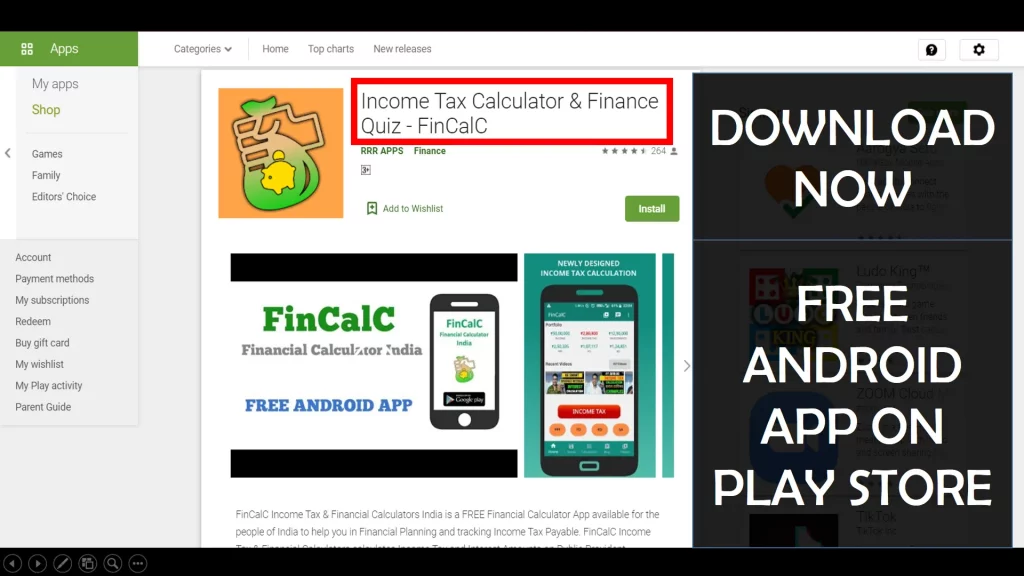
Use Popular Calculators:
- Income Tax Calculator
- Home Loan EMI Calculator
- SIP Calculator
- PPF Calculator
- HRA Calculator
- Step up SIP Calculator
- Savings Account Interest Calculator
- Lump sum Calculator
- FD Calculator
- RD Calculator
- Car Loan EMI Calculator
- Bike Loan EMI Calculator
- Sukanya Samriddhi Calculator
- Provident Fund Calculator
- Senior Citizen Savings Calculator
- NSC Calculator
- Monthly Income Scheme Calculator
- Mahila Samman Savings Calculator
- Systematic Withdrawal Calculator
- CAGR Calculator
I’d love to hear from you if you have any queries about Personal Finance and Money Management.
JOIN Telegram Group and stay updated with latest Personal Finance News and Topics.
Download our Free Android App – FinCalC to Calculate Income Tax and Interest on various small Saving Schemes in India including PPF, NSC, SIP and lot more.
Follow the Blog and Subscribe to YouTube Channel to stay updated about Personal Finance and Money Management topics.

